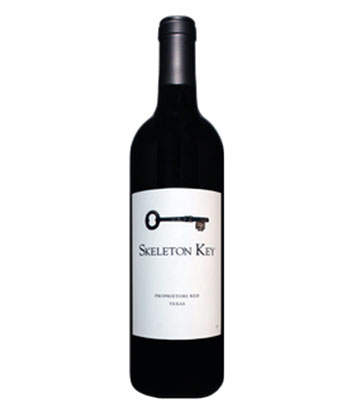Texas is making a Texas-size push to promote its wines. And with good reason.
While the modern history of winemaking in Texas goes back four decades or so, only in the last few years have its producers tried to generate interest beyond the state. While most of the wines have limited or no distribution beyond Texas, direct-to-consumer shipping makes up for that in many cases.

Having tasted several dozen Texas wines over the last few years, some of the reds, in particular, are well worth seeking out and can compete with full-bodied reds from California and elsewhere.
Texas winemakers are hitting their strides with Mediterranean varieties like Tempranillo, Syrah, Sangiovese, and Tannat. That makes sense given the Texas heat, which is mitigated by the relatively high elevation (and cool nights) of the most important wine-growing region, Texas High Plains. The other major region is Texas Hill Country, lower in elevation but producing impressive wines as well.
An excellent introduction comes from William Chris Vineyards in Hye, Texas, in the Fredericksburg sub-region of Texas Hill Country. I recently tasted its $34 red blend called Skeleton Key Proprietors Red IV, a non-vintage wine (meaning that the grapes come from more than one vintage) based on Syrah and Tempranillo from a number of Texas wine regions.
While the name — it’s based on the discovery of an old skeleton key on the estate — will probably attract some to the wine, what’s in the bottle is the real draw, a robust, concentrated red with delicious dark-berry notes, just the right amount of acidity, and alcohol that’s not over the top (14.2 percent), which adds up to a bright and balanced wine.
Aging was mostly in neutral oak, which keeps the fruit in the forefront, with subtle accents of graphite and tobacco.
Beyond William Chris, I have also enjoyed both the reds and whites from Pedernales Cellars, also in Texas Hill Country.
